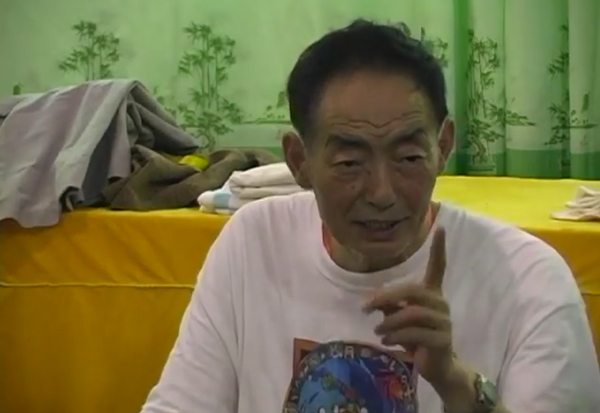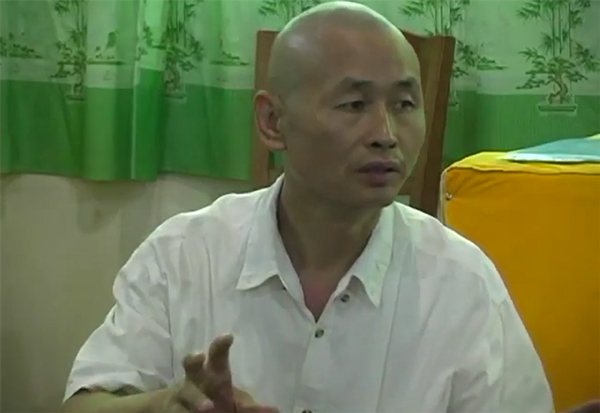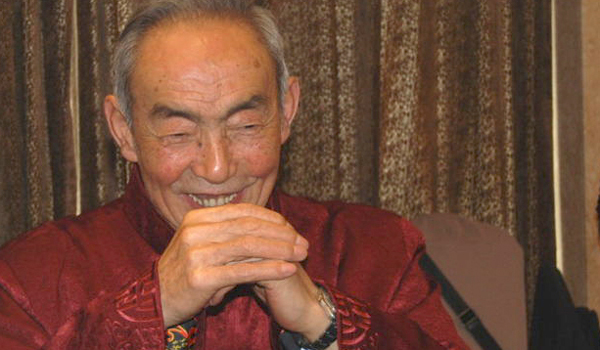Jinjing Qigong
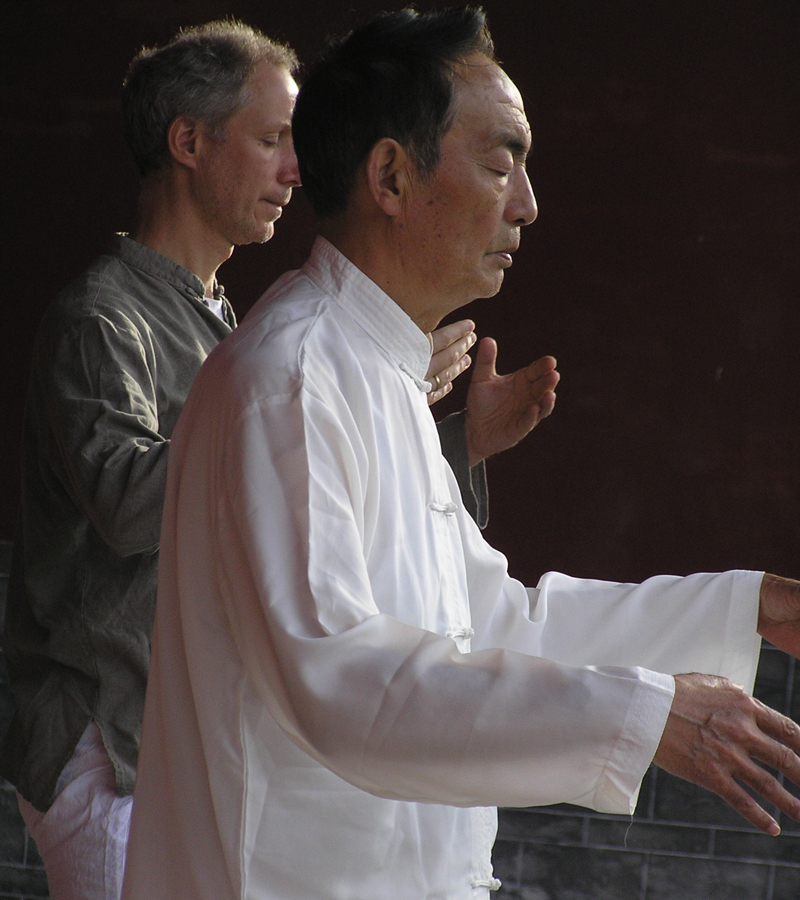
WANG QINGYU AND HEINER FRUEHAUF
The recorded history of Classical Chinese Medicine takes special account of a class of master physicians recognized for their brilliant scholarship, their outstanding clinical results, and their exemplary lifestyle. It is important to note that almost all of these luminaries reached their supreme grasp of the art of Chinese medicine by engaging in the classical mode of education, designed to produce “superior” (shanggong) and “expert” (zhonggong) level physicians. While the mid-level “expert” approach involved the systematic immersion in the mytho-poetic approach of traditional symbol science transmitted by the classics (see the Science of Symbols), the attainment of “superior” knowledge required physical and spiritual cultivation in the Science of Nourishing Life (yangsheng zhi shu), nowadays better known under the modern acronym of “Qigong” (qi cultivation).
The training in one of the traditional styles of cultivation—Daoist, Buddhist, Medical, Martial, or Scholar’s Qigong—has thus always played a key role in the evolution of Classical Chinese Medicine healers. Since modern day China witnessed a renaissance of Taiji and Qigong related interests in the late 1980s, more than 30,000 styles of Qigong have been counted on the mainland. Many of these are modern adaptations of ancient styles, while a precious few maintain the transmission of classical depth and integrity.
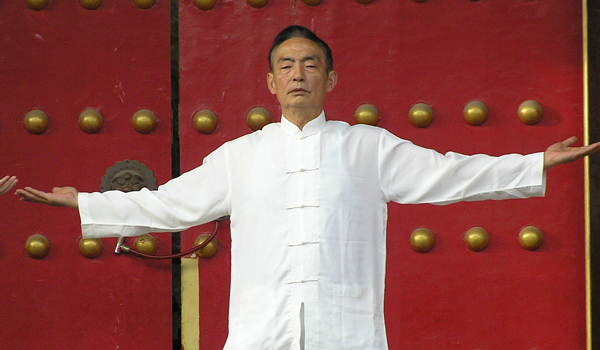
Master Wang is the official lineage holder of the Jinjing School of Qigong, professor of martial arts and Daoist heritage at the Sichuan Academy of Cultural History, and former physician of China’s Olympic diving team.
The Jinjing Gong (Tendon and Channel Qigong) school of Qigong represents one of China’s true alchemical life science traditions. In the context of this site, it is introduced as a premier path toward the objective of becoming a superior physician of Chinese medicine.
Jinjing Gong represents a traditional system of nourishing life replete with cosmological teachings, multiple modes of quiet meditation, moving and walking exercises, dietary recommendations and herbal recipes. Its legendary origins go back to the 2nd century monk Bodhidarma, who founded the Shaolin monastery and first introduced Buddhism to China. When Manchu invaders established the Qing dynasty at the beginning of the 17th century, fugitive nuns and monks from both Buddhist and Daoist traditions sought refuge on Sichuan’s Mt. Emei, where they blended their martial arts and meditation experiences into the integral system now known as Jinjing Qigong.
The present lineage holder of the Jinjing style of Qigong is Prof. Wang Qingyu. You can watch the presentations of his teachings on qigong below. We also invite you to also explore a presentation by Prof. Liu Lihong, Insights on the Power of Jinjing Qigong.
Membership
If you are a Member, several full-length video presentations on Doaist Medicine and Jinjing Qigong are currently available for viewing, including a demonstration by Profs. Fruehauf and Wang in the Daoist Medicine and Qigong page of the site, Jinjing Shisi Shi–The 14 Movements of the Jinjing School of Qigong. If you are not a member, we encourage you to join.

